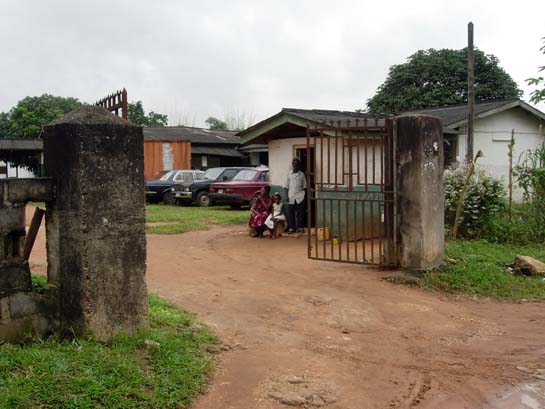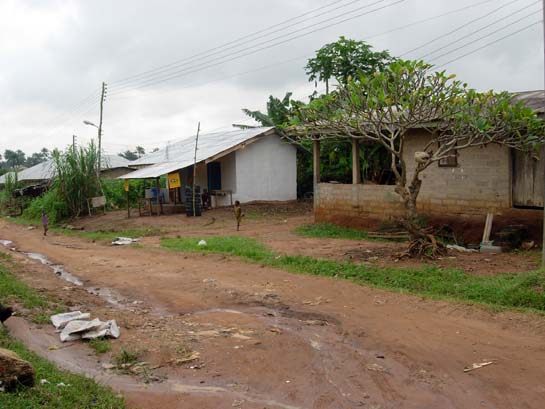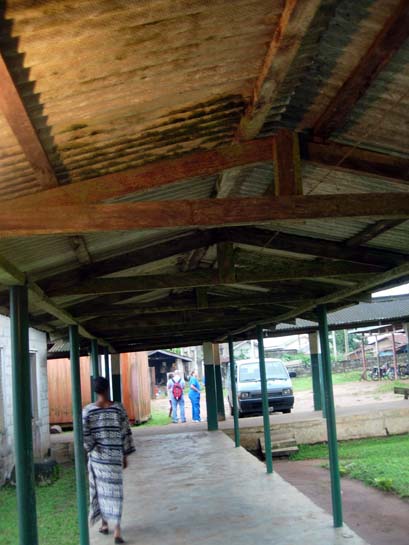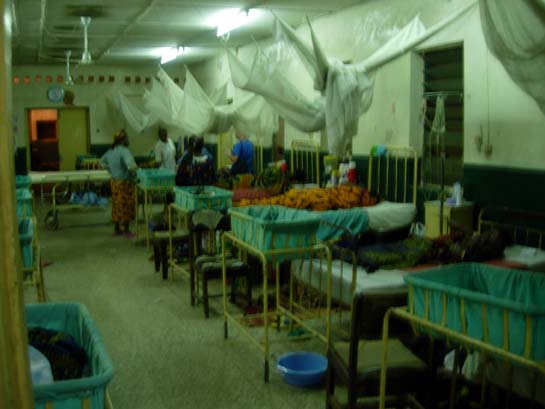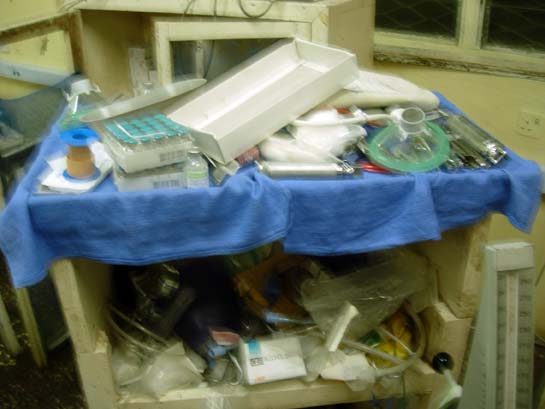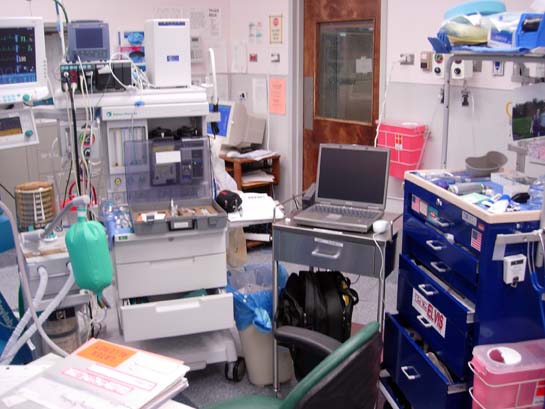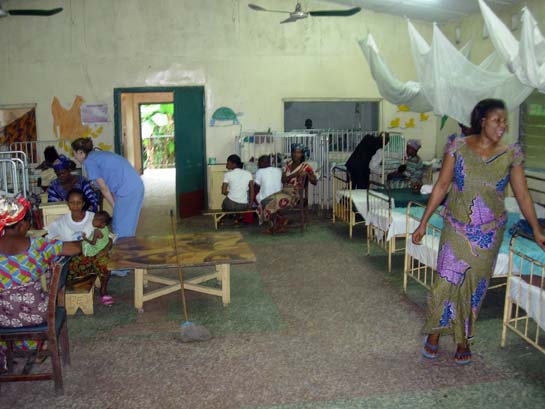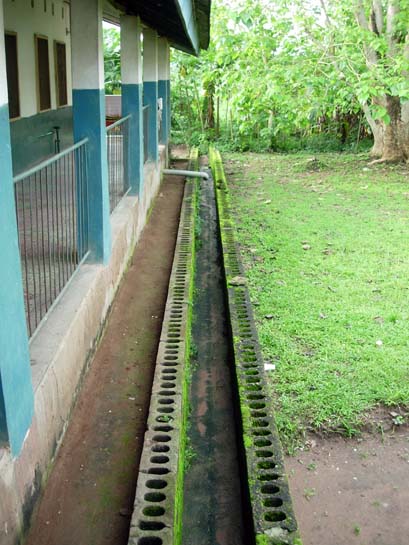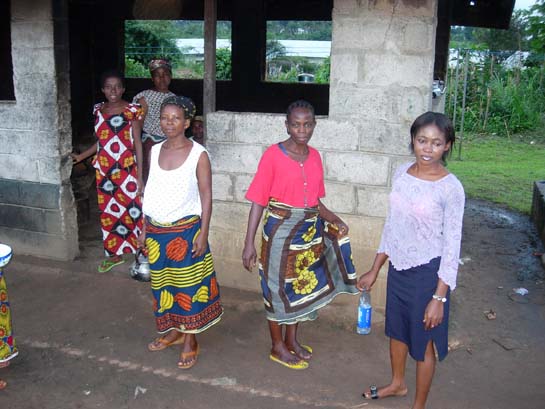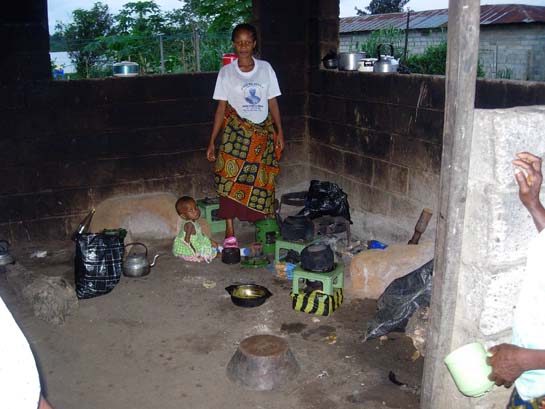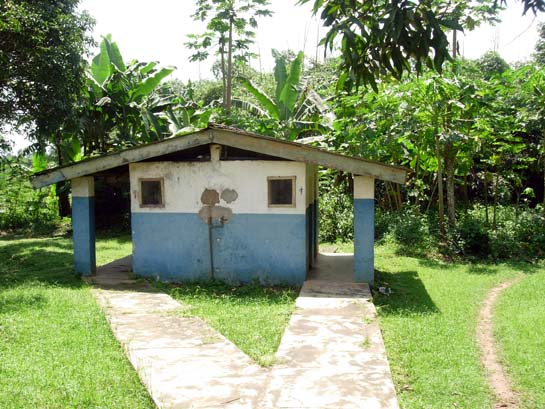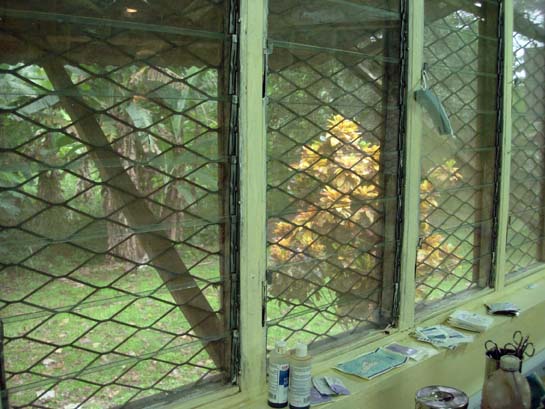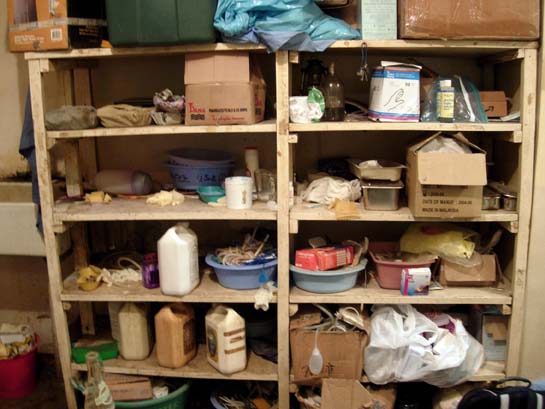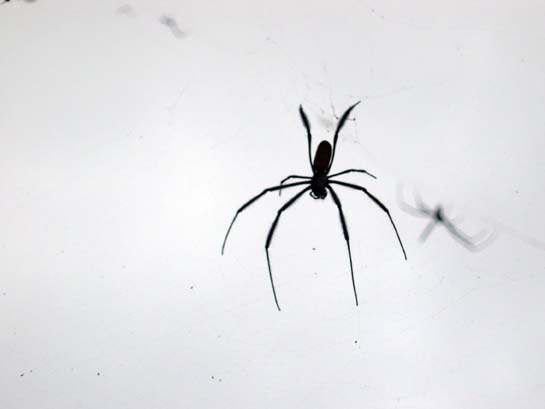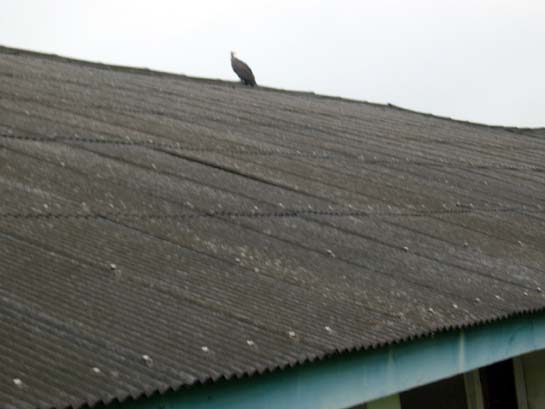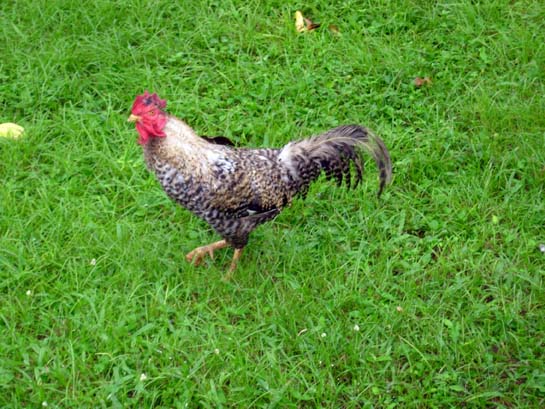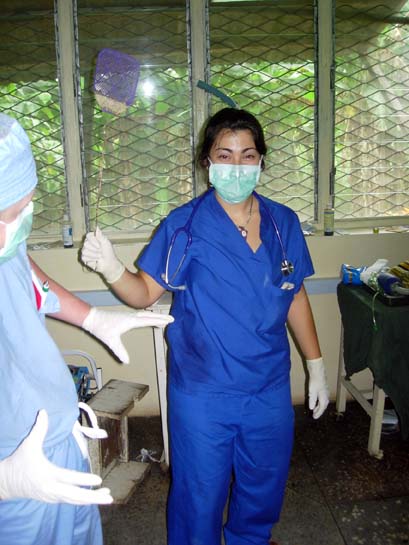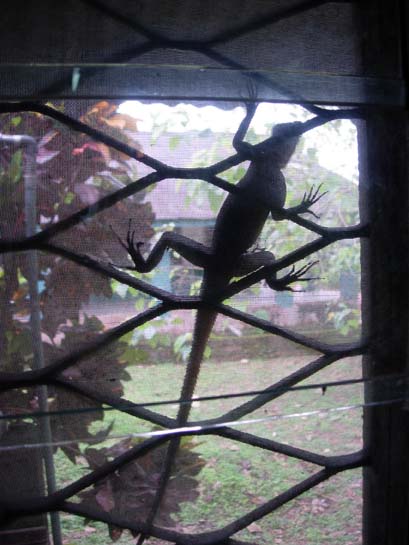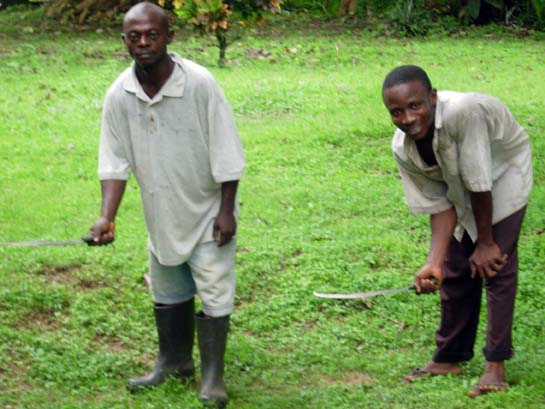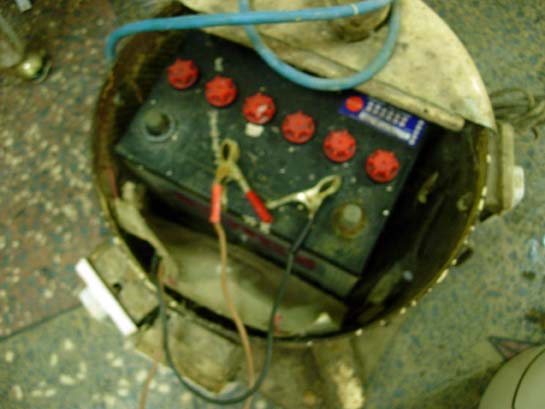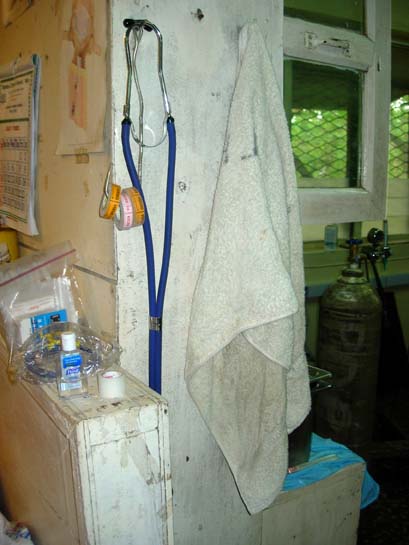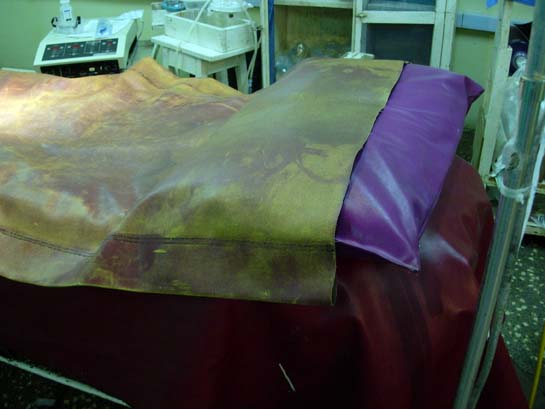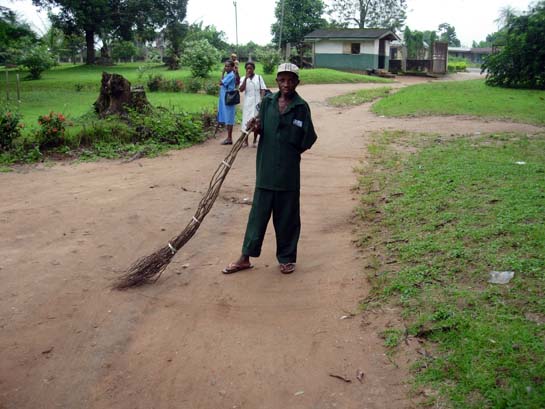|
When I said earlier that the hospital was crude and austere, I didn’t intend to be critical. By Western or First World standards, it surely is. For what I did, there was nothing state of the art. There was almost no anesthesia equipment or monitoring equipment. Most of the drugs that I used were very old ones that are inexpensive now. I took quite a bit of stuff with me, but not nearly enough and not exactly what I would have liked. Next time I will know more what I should take. The kind of care that we are used to receiving and that I am used to providing can’t be given there, for many reasons. Sophisticated equipment is expensive and there is no money. Even if there were the equipment requires frequent maintenance and service by technically expert people. Spare parts wouldn’t be available. Everything deteriorates rapidly in that climate. The power fails all the time. When attempts to send things over have been made, it is often stolen or ends up tied up in customs for years. While it is crude, it is probably about the best that can be provided, given the situation. The hospital and its people are very respected by local people and by local governments. People come from many miles away to be patients there. If you compare the conditions at the hospital with their daily standard of living and consider that there is hardly any other care available at all, it isn’t so bad. The hospital is all one story. There are four wards with 16 to 20 beds in each. There are pediatric, obstetric, male, and female wards. Each has a nursing station staffed by two nurses. There are also out patient clinics, x-ray, laboratory, an administration area, and an operating theatre. The different areas are connected by side walks and awnings. There or no interior halls. In the daytime it is hot. At night it is dark. Only a few naked light bulbs light the place at night. The patients get their medicine and a bed and can have an intravenous line if the are adults or a blood transfusion, but not much else. Their families bring their food and clothing. There is a little shack where the families can cook, and out house for them and a place for them to get water. They show up with a little duffle bag full of food and supplies. They even bring a little pot for the patients to go to the bathroom in. The babies have to nurse. They will let the mother express milk and the nurses will give it to the patients, but there is no formula. I am going to show you a lot of pictures of the hospital now.
This is the gate into the hospital. There is always a guard there.
These are residences right across the street.
“Hallways” connecting the various areas of the hospital.
Obstetric ward. Note the mosquito nets and bassinets. It’s kind of dark and dirty.
This is the anesthesia equipment I had to use.
No anesthesia machine or monitors.
This is what I am used to in Laramie.
Computers, automated monitors, alarms that sound when there is the first sign of danger.
Pediatric ward.
Many of the children with malaria needed blood transfusions. Instead of using a place in the ward, they would often get them on the sidewalk.
The hospital has the same sewage system as the town of Aba.
This shack is for the patients' families.
It's a place where they can cook and wash.
This is where the patients' families get their water.
Outhouse for patients' families.
View from operating room.
Storage area for operating room.
Power failed often. Laura is holding a battery powered spotlight so we can continue.
There were spiders at the hospital ...
and vultures ...
and chickens ...
and flies ...
and even a few lizards.
Men “mowing” the lawn with machetes.
Wires repaired with tape.
An old car battery is backup power for lights.
There are no disposable products. Everyone wipes their hands on a single towel hanging on a nail in the operating room.
There are no sheets or disposable drapes. O. R. tables and pillows are vinyl and are just wiped off between cases. We didn’t have a lot of respect for the germ theory.
They tried to keep things clean. Every morning when we arrived at the hospital, there was this little man with his home-made broom, sweeping the street. He was sweeping the leaves off of the mud. I could show hundreds more, but you get the idea. Pretty rough. |

